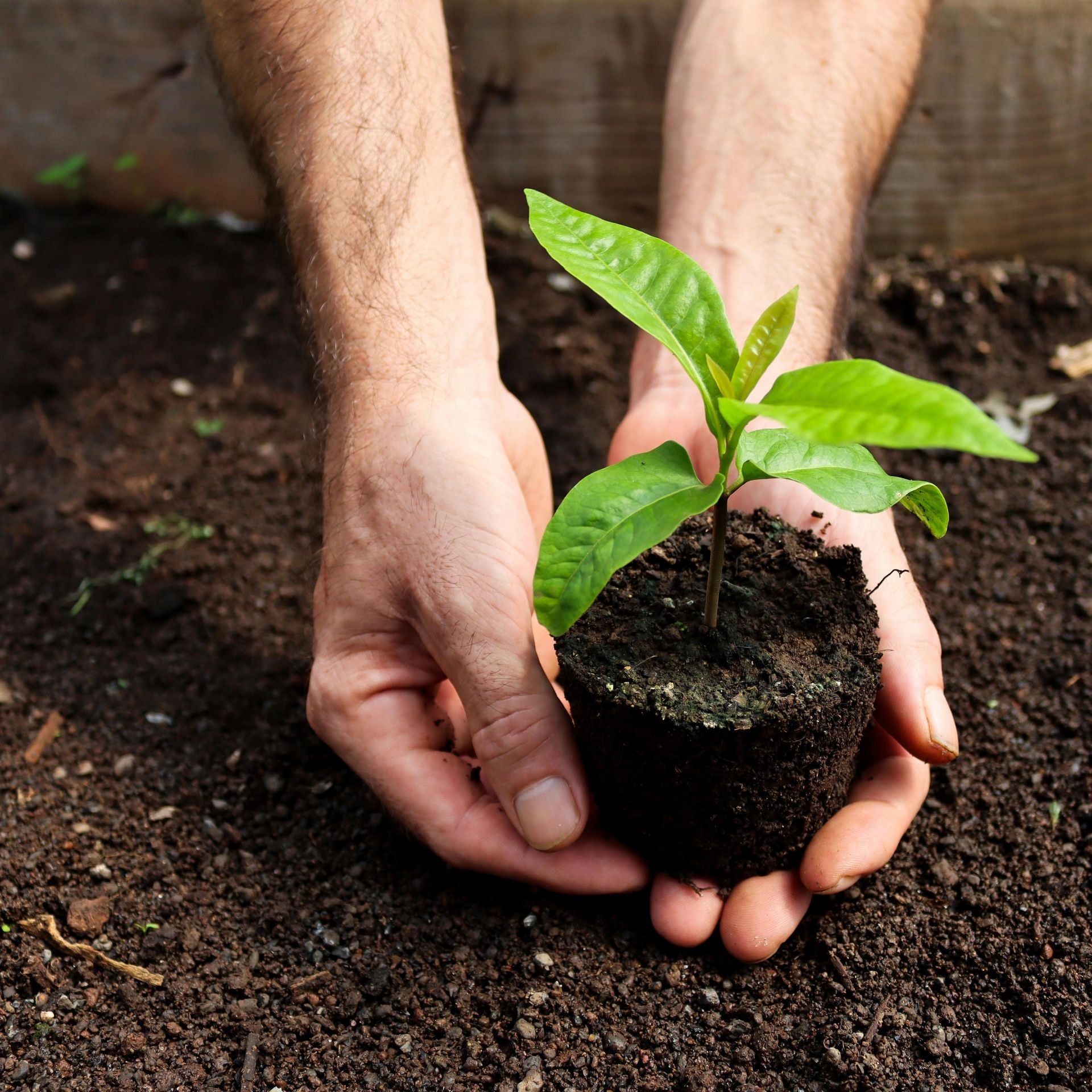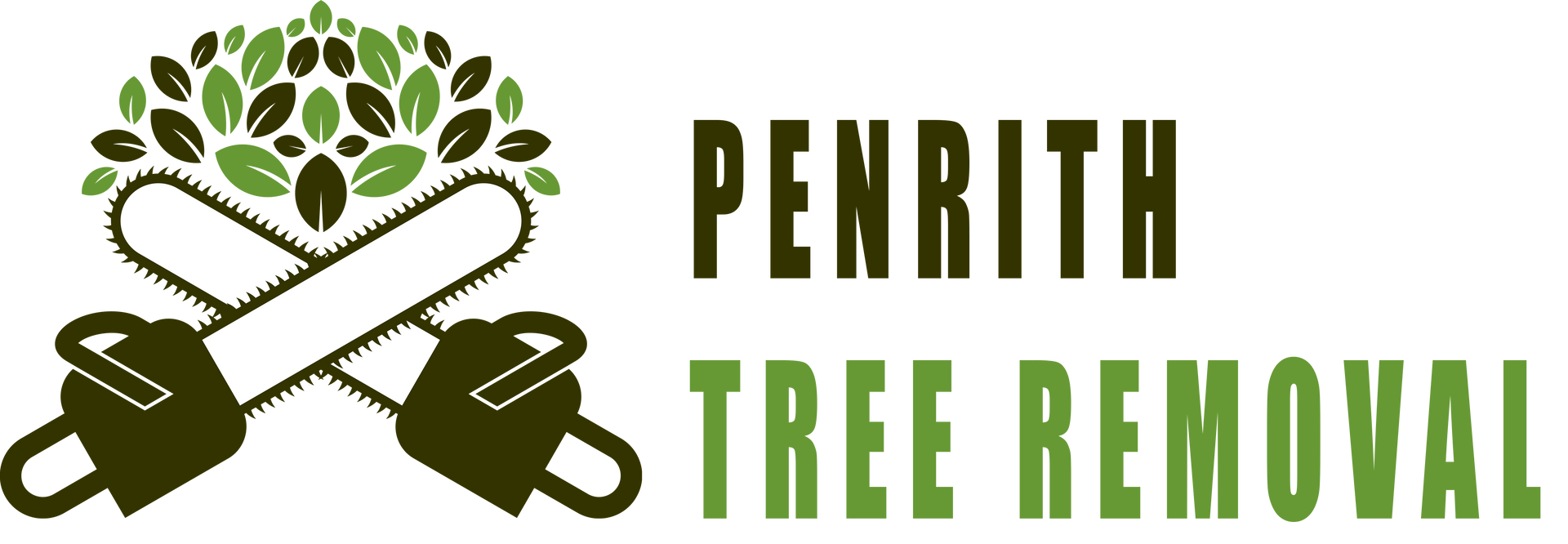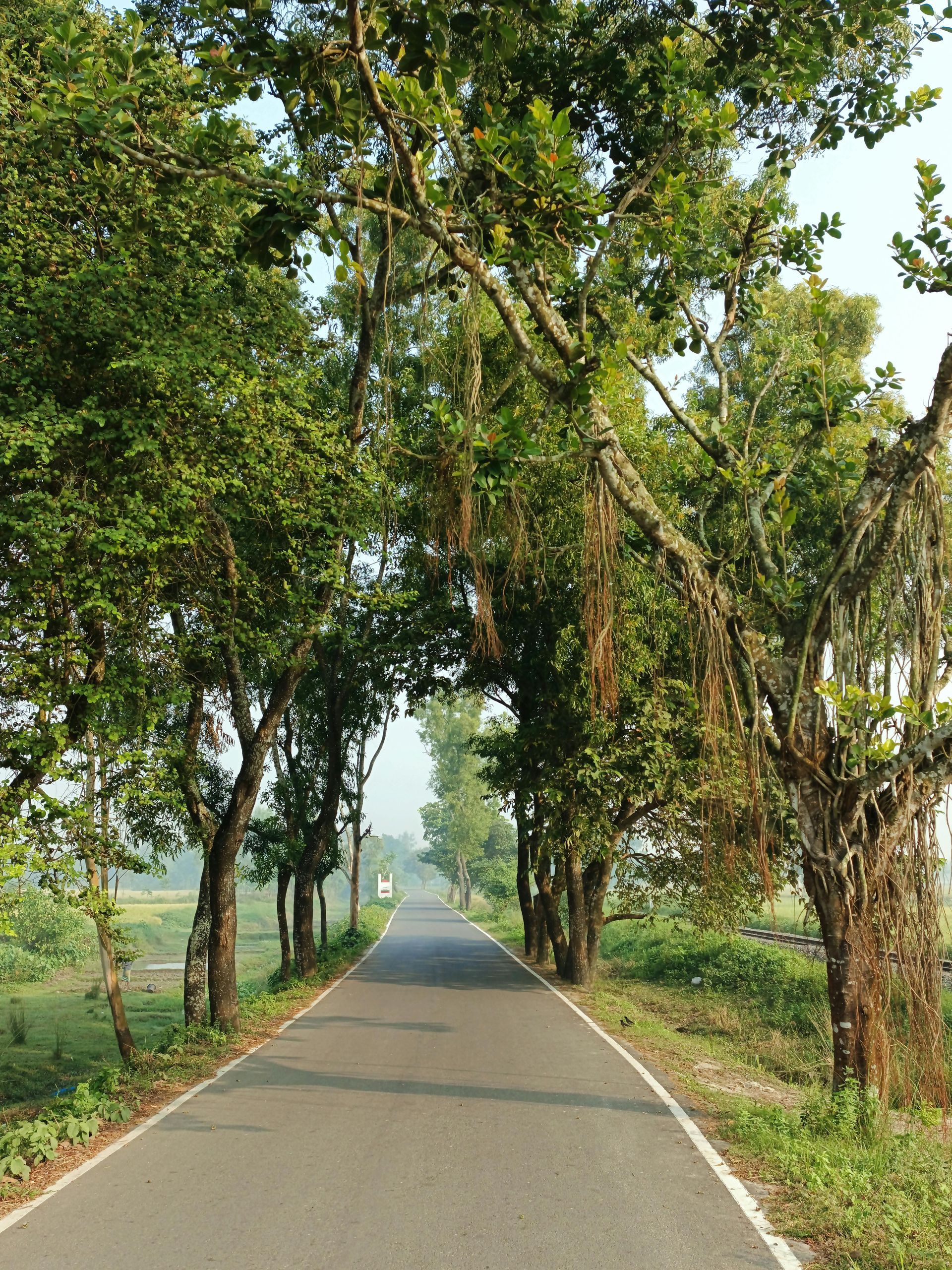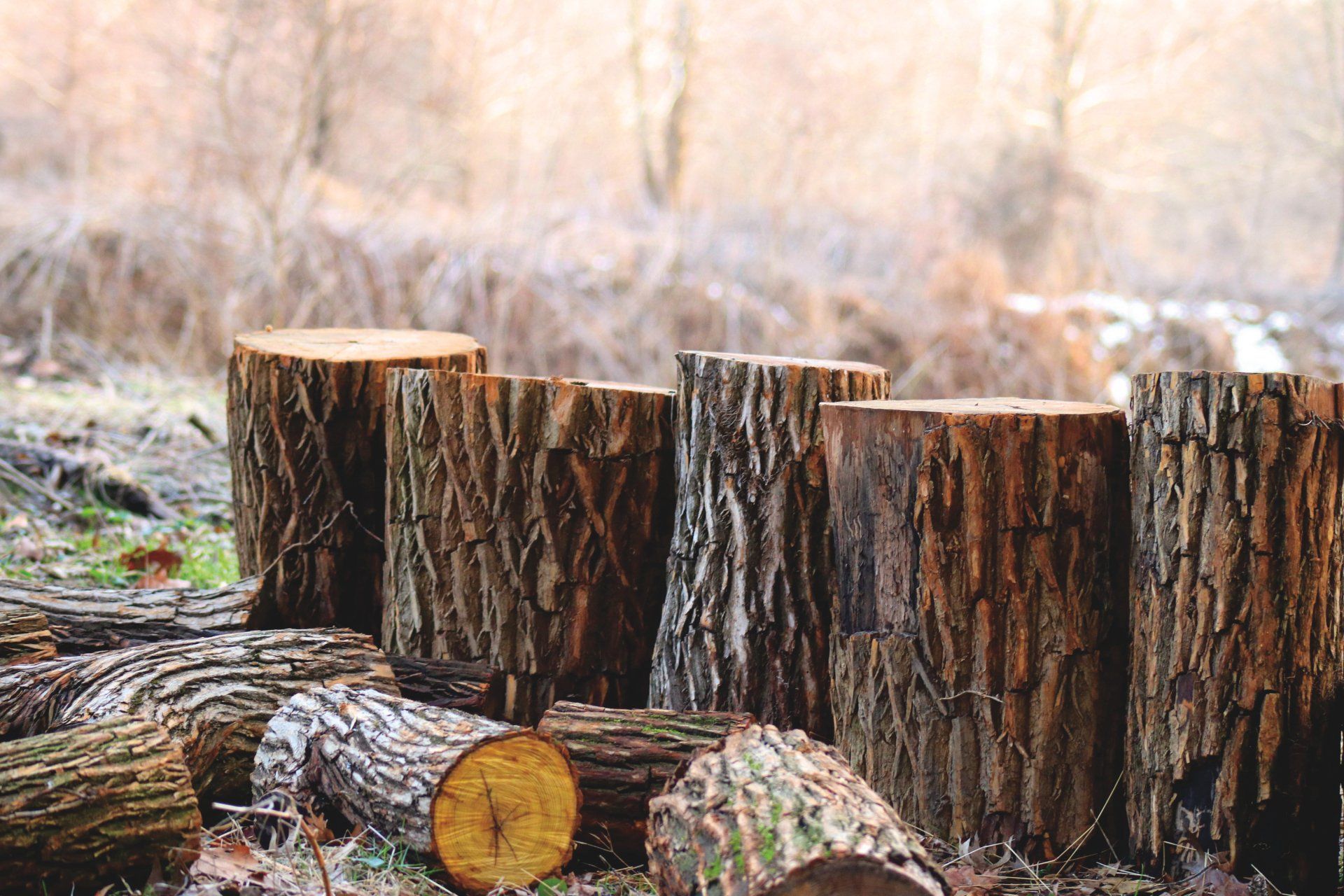5 Key Factors for Effective Tree Restoration in 2025
Restoring trees is essential, whether you're reforesting a clear-cut area, revitalizing a degraded urban landscape, or simply planting trees in your backyard. However, successful tree restoration is more than just sticking a sapling in the ground. It requires careful planning and consideration of several key factors to ensure the long-term health and survival of the newly planted trees. Neglecting these factors can lead to wasted resources and disappointing results. This article delves into five crucial considerations for effective tree restoration, providing practical insights and actionable advice. We'll explore the importance of species selection, site preparation, planting techniques, ongoing maintenance, and long-term monitoring. Whether you're a seasoned forester, a budding environmentalist, or simply a homeowner with a green thumb, this guide will provide valuable information for successful tree restoration projects.

1. Species Selection: Right Tree, Right Place
Choosing the right tree species is crucial for successful tree restoration. Selecting species ill-suited to the local environment can lead to stunted growth, increased vulnerability to pests, and ultimately, failure. Therefore, several key factors should be considered during the selection process. First, prioritize native species whenever possible. Native trees are adapted to the local climate and soil conditions, providing valuable habitat and food sources for local wildlife. While non-native species may serve specific purposes, such as ornamental value, they should be carefully evaluated to avoid negative impacts on the existing ecosystem.
Climate and hardiness are also vital. Trees must be suited to local climate factors, including temperature extremes and rainfall patterns. Utilizing resources like the USDA Plant Hardiness Zone map can help identify which species are likely to thrive in your area. This ensures that the selected trees can withstand local weather conditions. Soil conditions are another important consideration. Different species have varying preferences for soil type, drainage, and nutrient content. Conducting a soil test can provide insights into pH and nutrient levels, guiding the selection of species adapted to those specific conditions. Sunlight requirements should also be assessed. Each species has specific light needs, ranging from full sun to shade. Understanding the amount of sunlight the planting site receives will help ensure chosen species thrive in their environment.
Finally, consider the mature size and growth rate of the selected species. Avoid planting trees that will outgrow their space or interfere with power lines or buildings. Additionally, selecting species known for resistance to local diseases and pests can greatly enhance their longevity and reduce maintenance needs. By carefully considering these factors, you can significantly increase the success of your tree restoration efforts.
2. Site Preparation: Setting the Stage for Success
Proper site preparation is essential for creating a favorable environment for the newly planted trees. Neglecting this step can lead to poor growth, increased competition from weeds, and ultimately, failure. Consider these aspects when preparing the replanting site:
- Vegetation Removal: Remove any competing vegetation, such as weeds, grasses, and shrubs, from the planting area. This will reduce competition for sunlight, water, and nutrients.
- Soil Improvement: Improve the soil drainage and aeration by tilling or amending the soil with organic matter, such as compost or aged manure. This will create a more favorable environment for root growth.
- Soil Testing: Conduct a soil test to determine the pH and nutrient levels. Amend the soil as needed to correct any deficiencies.
- Erosion Control: Implement erosion control measures, such as mulching or terracing, to prevent soil loss and protect the newly planted trees.
- Protection from Wildlife: Consider installing fencing or other protective measures to protect the trees from browsing animals, such as deer and rabbits.
3. Planting Techniques: Giving Trees a Strong Start
The way you plant a tree significantly impacts its long-term health and survival. Proper planting techniques are essential for establishing strong roots and ensuring the tree thrives. One critical aspect is planting depth; the top of the root ball should be level with the surrounding soil surface. If planted too deep, roots can suffocate, while planting too shallow may expose them to damage.
Carefully handling the roots is also vital. Before planting, gently loosen any circling roots to prevent them from choking the tree as it grows. Spacing is important as well; trees should be planted at distances appropriate for their mature size to avoid competition for resources like sunlight and water. After planting, thorough watering is crucial to settle the soil around the root ball and ensure hydration. Finally, applying a layer of mulch around the base of the tree retains moisture, suppresses weeds, and regulates soil temperature. By following these techniques, you give your trees a strong start and enhance their chances of thriving.
4. Watering and Maintenance: Nurturing Young Trees
Newly planted trees require regular watering and maintenance to thrive. Neglecting this step can lead to stress, disease, and ultimately, death. Consider these aspects when watering and maintaining young trees:
- Watering: Water the trees regularly, especially during the first few years after planting. The frequency and amount of watering will depend on the climate, soil type, and species.
- Weed Control: Control competing vegetation around the base of the trees. This will reduce competition for sunlight, water, and nutrients.
- Fertilizing: Fertilize the trees as needed to provide them with essential nutrients.
- Pruning: Prune the trees as needed to remove dead, damaged, or diseased branches.
- Pest and Disease Control: Monitor the trees for signs of pests and diseases and take appropriate action.
5. Long-Term Monitoring and Management: Ensuring Sustainable Growth
Tree restoration is an ongoing process that requires long-term monitoring and management to ensure the health of the restored forest. One key aspect is monitoring the survival rate of the trees, which helps evaluate the effectiveness of your restoration efforts. Additionally, tracking the growth rate provides insights into the overall health and vigor of the trees. Consistent monitoring for pests and diseases is crucial, as early detection can prevent widespread issues.
Thinning may be necessary to reduce competition among trees, allowing the remaining ones to access more resources. Pruning is also important; removing dead or damaged branches helps maintain tree health and appearance. Finally, implementing fire management practices can reduce wildfire risks, protecting the restored forest. By focusing on these elements, you can ensure the sustainable growth of your tree restoration efforts.
Conclusion
Successful tree restoration requires careful planning and consideration of several key factors. By selecting the right species, preparing the site properly, using proper planting techniques, providing regular watering and maintenance, and implementing a long-term monitoring and management plan, you can increase the chances of success and contribute to a healthier and more sustainable environment. Remember that tree restoration is an investment in the future, and by taking the time to do it right, you can ensure that the benefits will be enjoyed for generations to come.
About Penrith Tree Removal
Penrith Tree Removal provides expert tree services in the Penrith area. We offer safe and efficient tree removal, pruning, stump grinding, and emergency services. Our experienced team is fully insured and dedicated to preserving the beauty and safety of your property. Contact us for a free quote!






